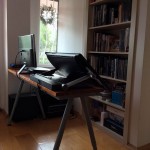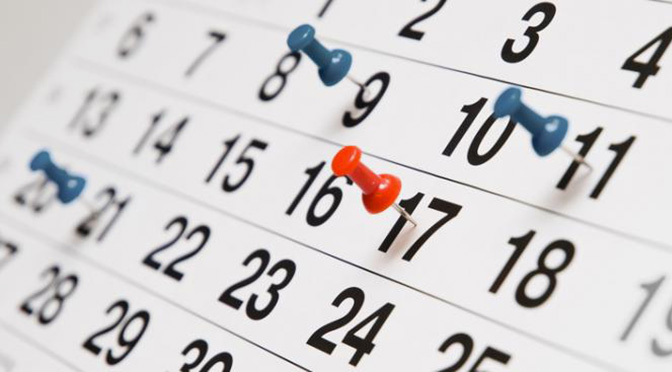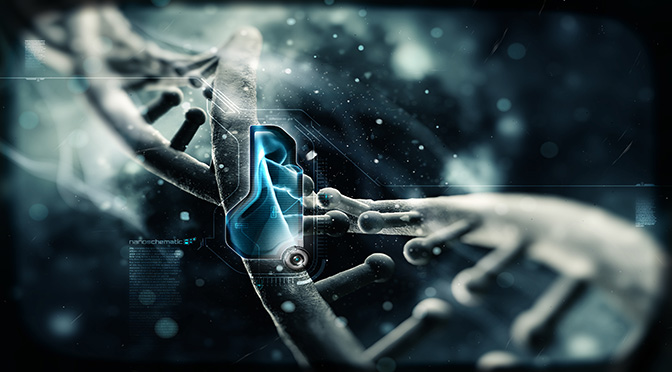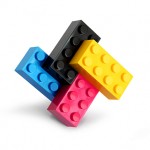December 1, 2013 marks the beginning of my new video game project. The math is simple; I have been working on it for 2 years, precisely. Designing, developing and co-producing… A lot of work has been done, and many more still in progress. All tough tasks. Mostly game design related, such as 3-bit node graph architecture. Plus, a lot of coding…
It has been a busy year, indeed. – So, what’s new?
Workflow 3.0
The most distinguishing element of this project –optimized game development workflow– has been upgraded to version 3. This is something that I’m really proud of. Simply because, it is;
![]() more cost- and time-efficient,
more cost- and time-efficient,
![]() more artwork/cinematography oriented,
more artwork/cinematography oriented,
![]() 100% compatible with both old & next-gen workflows.
100% compatible with both old & next-gen workflows.
This year, I mostly concentrated on the last item. As we all know, global video game industry is having a hard time trying to make a quantum leap to next-gen video games, as well as keeping the cash flow pumping. Let’s face it, upgrading a business model while doing business is risky! You need to educate developers, reorganize teamwork and improve asset management, while keeping an eye on the ongoing projects and meeting the deadlines. A kind of “make something new, and keep the business running old-fashioned way” situation.
“…using both current and upcoming tools/assets.”
This is exactly where my upgraded workflow comes handy. In simple terms, it is a next-gen game development workflow offering an optimized way of making games for less money/time, using both current and upcoming tools/assets. Because it is backwards compatible, a veteran game development team/company can still use their old-fashioned workflow and make a smooth transition to next-gen video game development process using this workflow.
So far so good, but…
Why on earth is that backward compatibility thing so important? Simply because, when we say “workflow assets”, we are actually speaking about human beings! People with families, children, and responsibilities.
During the last 30 years, I have witnessed the highs and lows of the game development industry. It has always been very harsh on developers on critical occasions. When a “next-big thing” is in, managers start headhunting for next-gen guys. Current developers instantly turn into “old-fashioned guys”, and most of the time get fired. The turnover is so high that most experienced video game developers hate working inhouse for AAA companies. Instead, they prefer freelance business, just like me.
Frankly speaking, I upgraded my workflow to version 3 for a better human resource management. The first 2 versions favoured the management and income aspects of business. Now, the final version concentrates on developers. – Yep, something for my teammates!
![]()
We don’t work in a vacuum
Our environment feeds into the work we produce, particularly when that work is creative. Every piece of “thing” in our working environment affects us. What we see, listen, touch, and even smell, stimulates our creativity and in a way gets injected to our piece of work.

So, I made a radical decision. In order to increase my productivity, I decided to split my home office activities into two. Thanks to a painstaking and backaching performance, I moved all my coding/artwork related books, tools and computers from my mom’s house to home. Using some modular equipment from Ikea, I built a custom table wide enough for my desktop monitor and Wacom tablet, and spent a lot of time for cabling and ergonomics. Keeping things tidy, certainly served well. As I promised my beloved wife that I will use less than 2 m² of our living room, I have finally managed to create a wide open space using only 1.98 m². – Oh, that is optimization 😉
Within just a few days, I have realized a positive impact in my productivity. Now, my process is crystal clear. I do all my coding/artwork at home, and music related stuff in mom’s house. And the bonus is, I spend less time in traffic and more with my family.
“Creativity is a gift. It doesn’t come through if the air is cluttered.” – (John Lennon)
![]()
More details
Actually, I have so many things to tell you. I really would like to tell more and give you under the hood –technical- details of my upcoming project… I am afraid, I can’t. Until the official announcement, there are things not meant to be known or seen by public. Well, you know, this is how video game business works!
So, I’ll keep you posted whenever I can…
Tonight
Regarding the latest annual update and current status of my new video game project, I’m planning to open a bottle of wine and enjoy rest of the evening with my family. I think I deserved it.
See you next year!


 Similar to LEGO building bricks, I have been coding fundamental elements of “gameplay”. As a result of these coding sessions, I have clearly envisioned a number of next-gen features that can possibly enrich our game.
Similar to LEGO building bricks, I have been coding fundamental elements of “gameplay”. As a result of these coding sessions, I have clearly envisioned a number of next-gen features that can possibly enrich our game.